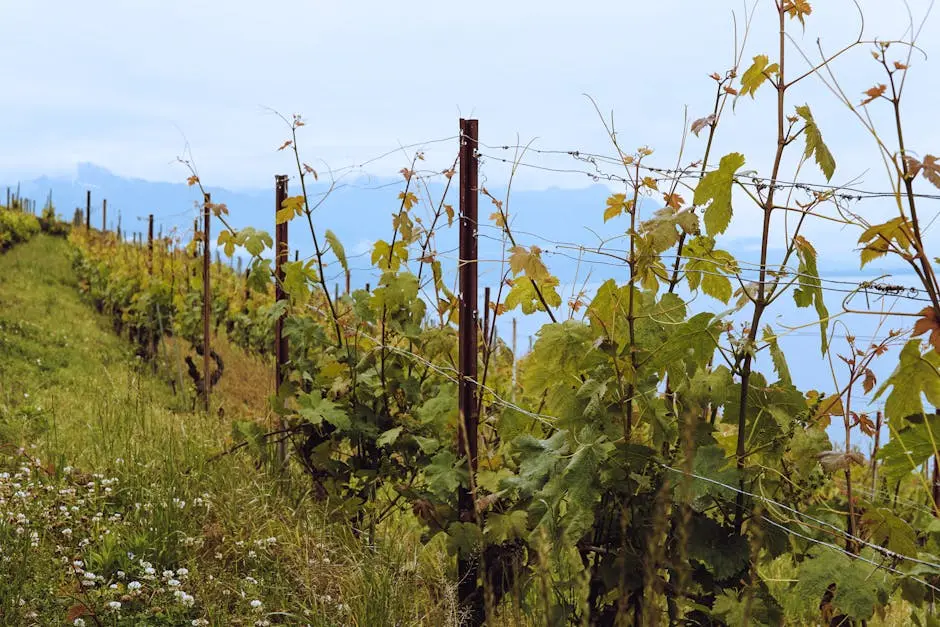In recent years, there has been a growing interest in sustainable winemaking practices. But how exactly do these practices influence the quality of red wines? This FAQ blog aims to explore the impact of sustainable winemaking on the flavors, aroma, and overall quality of red wines, offering insights into why more wineries are embracing this approach.
What is Sustainable Winemaking?
Sustainable winemaking is more than just a trend—it’s a commitment to nurturing the environment while producing quality wine. Techniques include reducing water usage through drip irrigation, using cover crops to improve soil structure, and minimizing waste. This approach helps maintain balance in nature and ensures a vibrant future for winemaking.
Adopting sustainable practices in vineyards can drastically reduce the carbon footprint of a wine bottle. By focusing on renewable energy sources and carbon capture techniques, wineries are not only preserving their surrounding environments but also enhancing the life cycle of their production facilities.
How Does Soil Health Affect Red Wine Quality?
Healthy soil acts as the foundation to producing superior grapes. Practices such as organic mulching and using green manures contribute to soil wellness by providing essential nutrients. Rich, robust soils produce grapes with intense flavors and complexities, which translate into the depth and richness of red wines.
When soil health is prioritized, the vine roots can dig deeper to access a broader range of nutrients, reinforcing the wine’s unique profile. This depth of flavor and aroma is particularly beneficial for red wines, which rely on robust characteristics to enhance their overall quality.
What Role Does Timing Play in Sustainable Winemaking?
The timing of grape harvesting is crucial in sustainable winemaking. By carefully monitoring ripeness and weather conditions, winemakers can harvest grapes when they are at their peak. This ensures the development of sugars, flavors, and tannins that are quintessential for excellent red wine.
How Does Natural Pest Control Contribute to Wine Quality?
Sustainable vineyards thrive by creating an ecosystem where natural pest predators, like ladybugs and birds, are encouraged to flourish. This biological control system not only reduces the need for chemical interventions but also allows the grapes to develop in a purer state, maintaining the essence and authenticity of red wines.
Why Is Minimal Use of Chemicals Important?
Restricting the use of chemicals in winemaking preserves the wine’s true character. By choosing natural, non-invasive alternatives, winemakers can protect the vines from pests while ensuring that the integrity of the wine is upheld, resulting in a product that is both delicious and safe for consumers.
How Does Biodiversity Enhance Wine Characteristics?
Biodiversity within a vineyard promotes a healthy ecosystem. Trees, shrubs, and wildflowers provide varied habitats for beneficial insects and wildlife, which naturally assist in grape production. This leads to inherently more flavorful and balanced red wines, reflecting the unique terroir of their environment.
Conclusion: A Richer, More Responsible Glass
Sustainable winemaking not only prioritizes environmental health and the well-being of communities, but it also significantly enhances the quality of red wines. By focusing on healthy soil, careful timing, natural pest control, minimal chemical use, and biodiversity, winemakers are crafting red wines that are richer in flavor, authenticity, and character. As more vineyards shift to sustainable methods, wine enthusiasts can look forward to enjoying wines that are not only delicious but also created with care for our planet. Discover more about our commitment to eco-friendly practices on our homepage.



